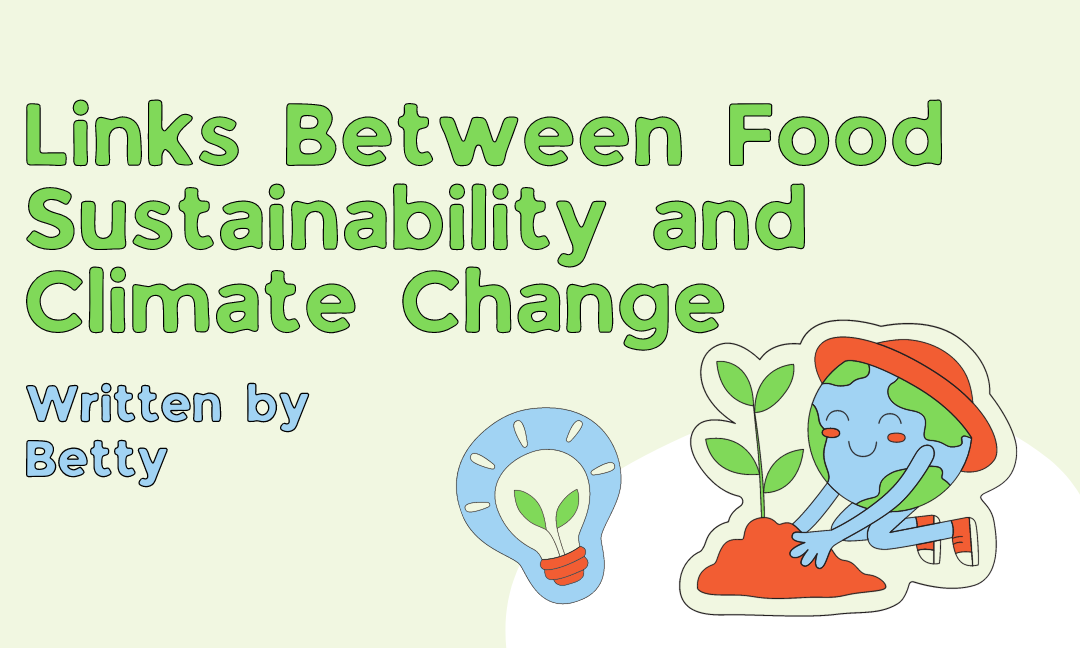Written by Betty
Edited by Kiritika Rana
Designed by Kiritika Rana
Published by Kiritika Rana

America has more than 2 million farms, and more than half of the nation’s area is contributed to agriculture. The number of farms has been slowly declining since the 1930s, and the size remained the same after the 1970s.
Agriculture: Both the driver and the victim of global warming
Global Warming has both positive and negative impacts on raising food—for example, the impacts it has on food productivity. The increasingly hot climate is causing shorter frost-free days, increasing the chance of heavy precipitation in some regions and delaying the arrival of winter. It enables farms to yield longer-maturing crops and allows farmers to grow crops several cycles each year. Livestock emit about 14% of greenhouse gas in agriculture. Excessive greenhouse gases will be emitted as the livestock consume more crops. On the other hand, other regions might undergo drought and lack irritation. Air pollution might also damage crops. Plants will experience reduced photosynthesis, while other communicable diseases such as pollination are related.
This is how global warming is linked with water quality
 Second, another hazard caused by global warming is the unstable precipitation. One cube meter of the ozone layer can hold 400g more water as the average temperature rises by 1 centigrade. As a result of that, storms and heavy precipitation will come with droughts. Heavy precipitation can harm crops by depleting nutrients in the soil. Agricultural runoff contains chemicals, manure and oxygen from the ground and carries into streams and oceans.
Second, another hazard caused by global warming is the unstable precipitation. One cube meter of the ozone layer can hold 400g more water as the average temperature rises by 1 centigrade. As a result of that, storms and heavy precipitation will come with droughts. Heavy precipitation can harm crops by depleting nutrients in the soil. Agricultural runoff contains chemicals, manure and oxygen from the ground and carries into streams and oceans.
10% of Canada’s greenhouse gas emissions mainly consist of Carbon Dioxide, Methane and Nitrous oxide. Carbon Dioxide is stored in the organic soil matter, like crops. We call it soil Carbon. The storage of Soil Carbon can vary, it depends on the amount of Carbon Dioxide input from the air, decomposition and other environmental factors. When the speed of input exceeds the speed of conversion, the Carbon accumulates. It’s called a carbon sink. We release the Carbon Dioxide inside the crops while harvesting it. Methane is 20 times more effective in trapping heat than Carbon Dioxide and Nitrous. “Methane is produced when carbon-containing materials decay without sufficient oxygen; microbes produce methane (CH4) instead of carbon dioxide (CO2).” The bowel movement of ruminant animals, and enteric fermentation, like sheep and cows, is a big source of methane.
However, 37% of methane is still a direct result of anthropogenic activities. Agriculture is both the driver and the victim of today’s global warming.


